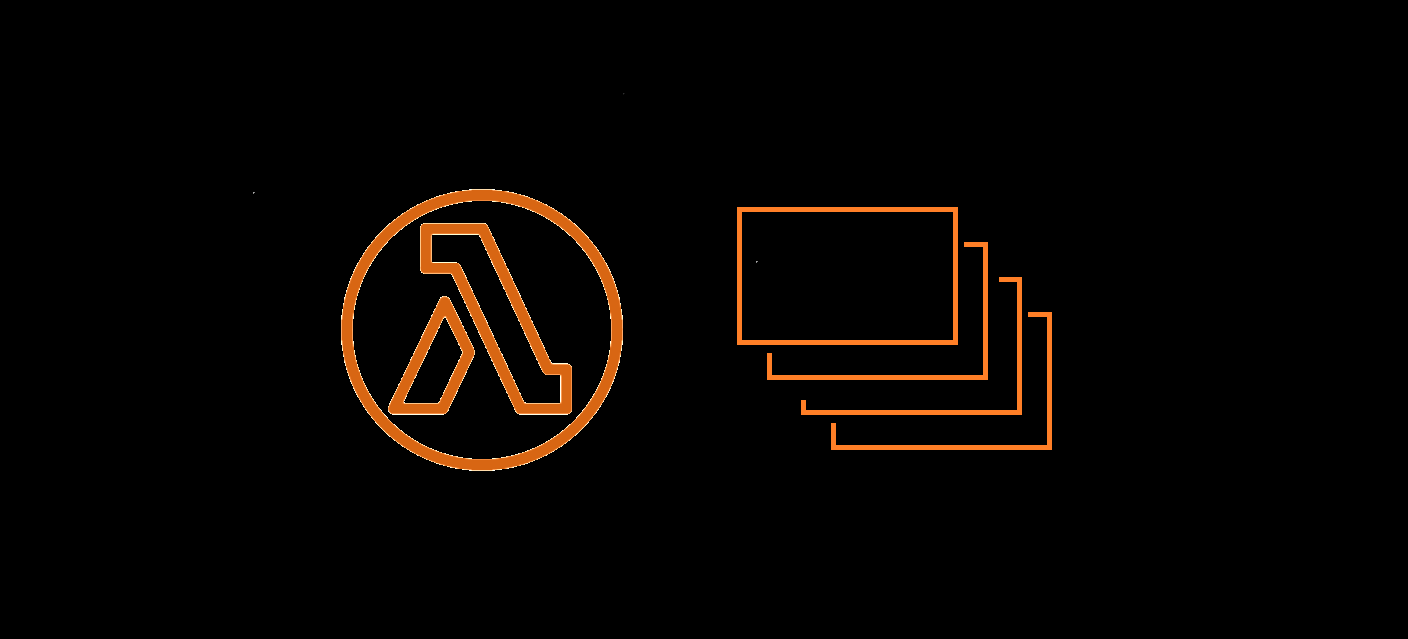Serverless operations with AWS Lambda and DynamoDB: Embracing the Power of Lambda Layers
 Shanmuga Priyan
Shanmuga Priyan
Introduction
In this blog, I'll break down the simplicity of CRUD operations and shine a light on a real game-changer - Lambda Layers. These layers aren't just code; they're the secret sauce that makes your functions reusable, maintainable, and downright powerful. Let's dive into the world of serverless operations with a touch of Lambda Layers magic!
Lambda Layers: Elevating Code Reusability
Lambda Layers serve as a home for shareable and reusable code or packages that our functions can tap into. They make our code more modular and easy to manage.
Why Layers Matter:
The beauty of Lambda Layers lies in their ability to reduce the size of our deployment packages. Instead of duplicating common code across functions, we can store it in a layer. This not only keeps our functions lean and focused but also simplifies updates and maintenance.
Now, armed with this understanding, let's unravel the Lambda handler function and see how layers play a crucial role in our serverless architecture.
Lambda Handler Function
Let's start by examining the Lambda handler function, the heart of our serverless application:
from create_item import create
from get_item import get
from update_item import update
from delete_item import delete
def lambda_handler(event, context):
data = event['data']
if event['event'] == 'create-player':
create(data)
elif event['event'] == 'get-player':
get(data['key'], data['value'])
elif event['event'] == 'update-player':
update(data)
elif event['event'] == 'delete-player':
delete(data['key'], data['value'])
This handler function receives an event containing data and determines the CRUD operation to perform. The logic is then delegated to specific functions for each operation.
DynamoDB Table Object Creation
For any operation on Lambda that involves DynamoDB, we need to create a DynamoDB resource and a table object.
import boto3
def create_object(table):
dynamodb = boto3.resource('dynamodb')
return dynamodb.Table(table)
This code initializes a DynamoDB table object, and we can make it reusable across our functions using Lambda Layers by following the steps below.
Step 1: Package Your Code
Create a directory for your Lambda Layer and place the DynamoDB table object creation code in a Python file, let's call it dynamodb_layer.py
Step 2: Create a Lambda Layer
Navigate to the AWS Lambda console
Click on "Layers" in the left-hand menu.
Click the "Create layer" button.
Enter a name for your layer, such as "DynamoDBTableObjectLayer."
Upload the
dynamodb_layer.pyfile from your local directory as a ZIP archive.Choose a compatible runtime (e.g., Python 3.8).
Click "Create" to publish the layer.
Step 3: Attach the Layer to Your Lambda Function
After creating the Lambda Layer, you need to attach it to your Lambda function:
Open your existing Lambda function or create a new one.
Scroll down to the "Layers" section within your Lambda function configuration.
Click "Add a layer" and select the layer you created (e.g., "DynamoDBTableObjectLayer").
Choose the appropriate version of the layer.
Click "Add" to attach the layer to your Lambda function.
CRUD Operations with DynamoDB from AWS Lambda
Now that we have our DynamoDB table object creation code neatly encapsulated in a Lambda Layer, let's see how it simplifies our individual CRUD operations.
create_item.py
from dynamodb_layer import create_object # Import from your Lambda Layer
def create(item):
players_table = create_object('players') # Creating DynamoDB table object
players_table.put_item(Item=item)
return True
Here, we import the create_object function from the Lambda Layer to obtain the DynamoDB table object (players_table). This shared table object ensures consistency in accessing our DynamoDB resources during item creation.
Similarly, the get,update and delete function benefits from the shared DynamoDB table object (players_table) obtained from the Lambda Layer.
get_item.py
from dynamodb_layer import create_object # Import from your Lambda Layer
def get(key, value):
players_table = create_object('players') # Creating DynamoDB table object
return players_table.get_item(Key={key: value})
update_item.py
from dynamodb_layer import create_object # Import from your Lambda Layer
def update(query):
players_table = create_object('players') # Creating DynamoDB table object
players_table.update_item(
Key=query['key'],
UpdateExpression=query['update_expression'],
ExpressionAttributeValues=query['attribute_values']
)
return True
delete_item.py
from dynamodb_layer import create_object # Import from your Lambda Layer
def delete(key, value):
players_table = create_object('players') # Creating DynamoDB table object
players_table.delete_item(Key={key: value})
return True
Conclusion
In this exploration of serverless CRUD operations with AWS Lambda, DynamoDB, and the magic touch of Lambda Layers, we've uncovered a streamlined approach to building efficient and maintainable serverless applications. Let's recap the key takeaways:
Lambda Layers for Code Reusability: Unleashing a powerful tool, Lambda Layers act as a tool for encapsulating and sharing code.
Centralized Code Management: Maintaining a standardized approach, functions access shared resources without compromising on consistency.
Efficient Maintenance and Updates: Lambda Layers simplify code maintenance and updates.
Subscribe to my newsletter
Read articles from Shanmuga Priyan directly inside your inbox. Subscribe to the newsletter, and don't miss out.
Written by
